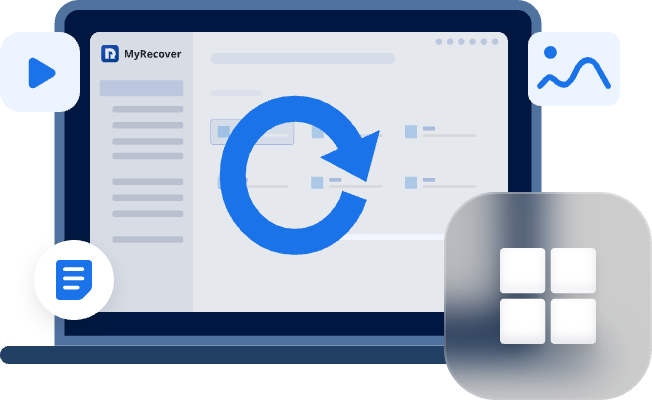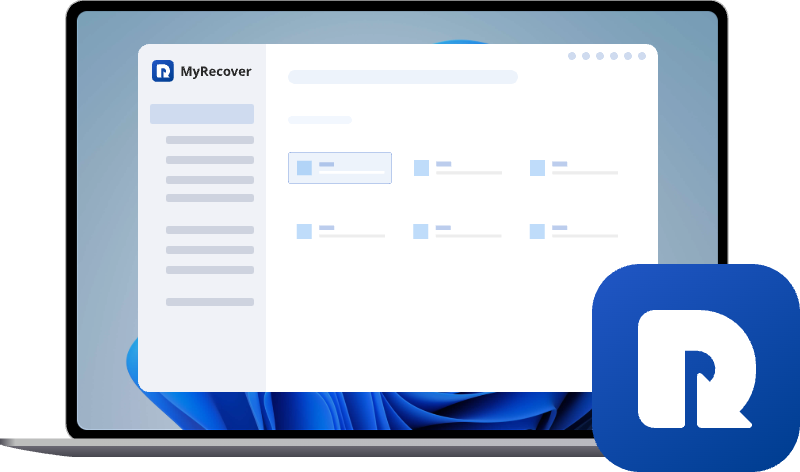Seagate Partition Recovery — Complete Guide
Lost important data on your Seagate drive? Use the best Seagate partition recovery tool to quickly restore deleted or formatted partitions. Fast, secure, and beginner-friendly—get back your files with just a few clicks using this powerful recovery software.
Why Seagate Partitions Disappear
Ever looked at your drive and noticed missing partitions? You’re not alone. Let’s explore the most common reasons this happens.
1. Human Error (Accidental Deletion)
Accidentally deleting or formatting the wrong partition is one of the top causes of data loss. Even if it’s gone from File Explorer, the data often still exists on the drive—it’s just not visible until recovery.
2. File System Corruption and Bad Sectors
A damaged file system or bad sectors can make your partition unreadable. Corruption might occur due to sudden shutdowns, software crashes, or failing drive sectors.
3. Firmware Problems, Power Failures, and Malware
Occasionally, firmware bugs or unexpected power outages can mess up partition tables. Malware or ransomware infections can also corrupt partition data, hiding or encrypting entire volumes.
Quick Checklist Before Starting Recovery
- ★Tip: First Things First — Stop Using the Drive
- This step is critical. If your partition is missing, don’t use the drive further. Writing new data can overwrite recoverable files. Unplug it if necessary and avoid installing software directly onto the affected Seagate drive. Think of it like a chalkboard—you don’t want to write over what’s still faintly visible.
Before jumping into recovery tools, go through these simple checks:
1. Identify Drive Model and Interface
Find your Seagate drive model (e.g., Barracuda, IronWolf, Backup Plus) and note if it’s internal (SATA) or external (USB). This helps determine compatible recovery software.
2. Check BIOS/UEFI and Disk Management
If BIOS doesn’t detect the drive, it may be a physical or connection issue. If it shows up in BIOS but not in the OS, software-based recovery is likely possible.
3. Clone or Image the Drive
If your data is important, clone the Seagate drive first using tools like dd, ddrescue, or a cloning app. Work on the clone to prevent further risk.
Built-in Tools to Diagnose the Problem
Sometimes, built-in system utilities can help identify the issue before using third-party tools.
1. Windows Disk Management and CHKDSK
Open Disk Management (diskmgmt.msc) to see if the partition appears as "Unallocated". Avoid formatting it. You can also run chkdsk to check for file system errors—but only after creating a backup or clone. If the partition appears as "RAW", you will get the prompt called "CHKDSK is not available for RAW drives". At this time, you can use the professional tool - AOMEI Partition Assistant.
2. macOS Disk Utility and First Aid
If you’re on macOS, open Disk Utility and run "First Aid". It might detect logical errors or unmounted partitions. However, if it can’t repair the volume, you’ll need a recovery tool.
Recover Your Seagate Partition Using MyRecover
External Seagate drive lost partition recovery software?
I need a partition recovery program. I have scanned with Recuva and it can find everything on the drive.
Windows 7 (i know, old).
The drive is an 8TB Seagate Hub.
- Question from Reddit
MyRecover is one of the most effective and beginner-friendly tools for Seagate partition recovery. It’s designed to handle lost or deleted partitions on HDDs, SSDs, and external drives with ease.
Why use MyRecover?
- User-friendly interface suitable for non-tech users.
- Supports NTFS, FAT32, exFAT, and ReFS file systems.
- Handles formatted, corrupted, and even RAW partitions.
- High recovery success rate on Seagate drives.
Step-by-Step: How to Use MyRecover
1. Download and install MyRecover on a separate drive (not the affected Seagate disk).
2. Launch the program and select the lost Seagate partition from the list of available disks. Start the scan.
3. Preview found partitions and files. The tool allows you to preview files before restoring them, which ensures you recover exactly what you need.
4. Recover and save. Select the partitions or files you want and save them to a safe location (another drive or external disk).
MyRecover is perfect for users who want a simple yet powerful recovery solution without dealing with command-line tools.
Recover Lost Partitions with TestDisk (Advanced Users)
If you prefer a free and open-source alternative, TestDisk is another excellent choice for Seagate partition recovery. It’s a bit technical but very reliable.
What TestDisk Does
TestDisk scans your disk for missing partitions and helps rebuild the partition table. It can also restore non-booting drives or let you copy files directly before rewriting changes.
How to Recover Using TestDisk
1. Open TestDisk and create a log. Select "Create" when prompted.
2. Select your Seagate disk. Ensure you pick the correct drive by checking its capacity.
3. Analyze the drive. Choose "Analyze" → "Quick Search". This locates lost partitions.
4. Run a deeper search if the quick scan doesn’t show results.
5. List and preview files. Use the P key to view files inside found partitions.
6. Write the partition table. Once verified, write the new partition structure and restart your computer.
Using dd and ddrescue
When dealing with physically unstable drives or read errors, you should first create an image of the drive before recovery. ddrescue creates a complete copy of your failing drive, including unreadable sectors. You can then perform recovery on that image safely.
Example command:
sudo ddrescue /dev/sdX /path/to/backup.img /path/to/logfile.log
This way, your Seagate drive isn’t directly accessed again, reducing the risk of total failure.
If your Seagate drive makes clicking sounds, isn’t recognized at all, or you suspect physical damage, stop immediately. These are signs of hardware failure that software can’t fix. Professional recovery labs use cleanroom techniques to repair and extract data from damaged platters or heads. It’s not cheap—but for priceless data, it’s worth it.
File Recovery vs. Partition Recovery — What’s the Difference?
It’s important to understand the distinction.
- File recovery focuses on extracting individual files from damaged or deleted partitions.
- Partition recovery restores the structure of the drive itself, making the lost partition reappear as if it was never deleted.
If your goal is to access specific documents or photos, file recovery (via MyRecover) might be enough. But if the entire volume is missing, you’ll need partition recovery tools.
How to Prevent Partition Loss in the Future
Once you’ve restored your data, take steps to avoid repeating the nightmare.
- Back up regularly. Use both cloud and offline backups.
- Monitor drive health. Use tools like CrystalDiskInfo or Seagate’s SeaTools to keep an eye on SMART data.
- Avoid sudden shutdowns. Use a UPS to prevent power interruptions.
- Be careful when partitioning or formatting. Double-check before clicking “OK.”
Conclusion
Losing a partition on your Seagate drive feels devastating—but recovery is often possible. The key is to act fast, avoid overwriting data, and use the right tools. For most users, MyRecover offers an easy, safe, and effective way to restore lost Seagate partitions. For those comfortable with technical tools, TestDisk remains a trusted free option. Whatever path you choose, remember to back up regularly and monitor drive health so this never happens again.


